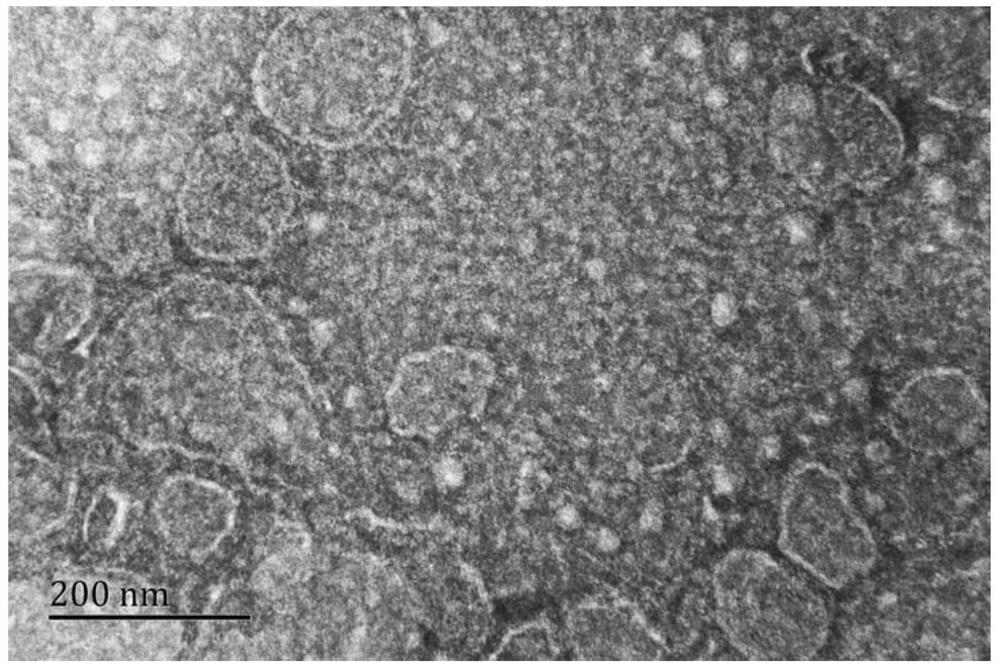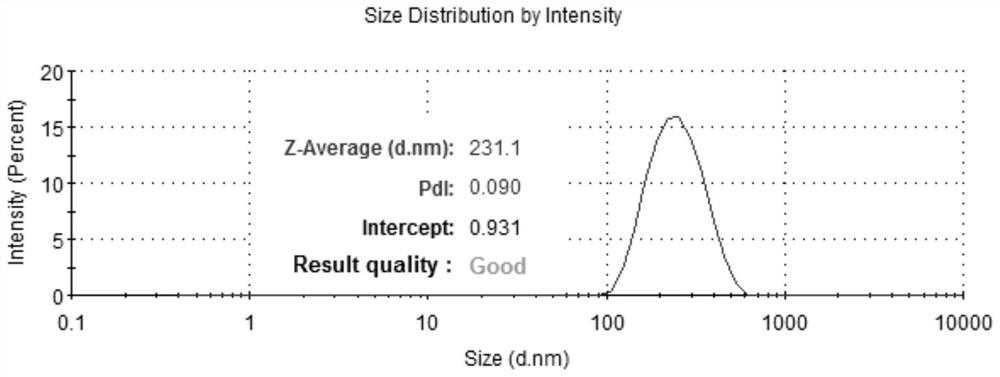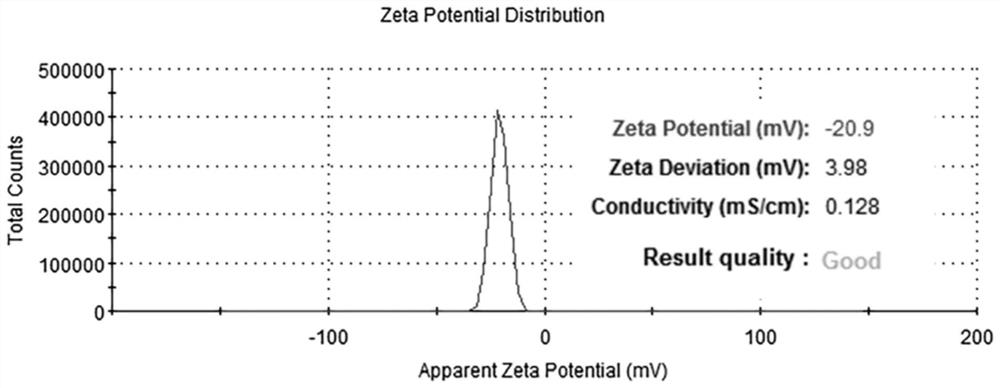Method for preparing cell microvesicles based on shear stress stimulation
A technology of stimulation and shear stress, applied in the field of bioengineering, can solve the problems of lack of specificity of EVs, uneven concentration of EVs, and easy pollution in the operation process, so as to solve the problems of long time consumption, reduce sample processing steps, and good stability Effect
- Summary
- Abstract
- Description
- Claims
- Application Information
AI Technical Summary
Problems solved by technology
Method used
Image
Examples
Embodiment 1
[0036] The method for preparing cell microvesicles based on shear stress stimulation comprises the following steps:
[0037] 1) Add the macrophages extracted from the RAW 264.7 cell line to a 50mL culture flask, and add 3mL of DMEM medium and 10% normal serum to the culture flask, and place it at 37°C Culture in an incubator. After the cells proliferate to 90% of the total volume of the entire culture flask, the culture is terminated. At this time, the cells in the culture flask are about 1×10 8 indivual;
[0038] 2) Next, place the cells on an orbital shaker and culture them for 4 hours at a rotational speed of 50r / min (i.e., undergo shear stress treatment), scrape the cells from the culture flask with a plastic cell scraper, and quickly blow them with a pipette to fully absorb the cells. Disperse into a 10mL centrifuge tube, vortex for 30s, centrifuge at 1000rmp for 5min, take the supernatant into a new centrifuge tube, centrifuge again at 10000rmp for 10min, remove the sup...
Embodiment 2
[0042] The method for preparing cell microvesicles based on shear stress stimulation comprises the following steps:
[0043] 1) Add the macrophages extracted from the RAW 264.7 cell line to a 50mL culture flask, and add 3mL of DMEM medium and 10% normal serum to the culture flask, and place it at 37°C Culture in an incubator. After the cells proliferate to 90% of the total volume of the entire culture flask, the culture is terminated. At this time, the cells in the culture flask are about 1×10 8 indivual;
[0044]2) Next, place the cells on an orbital shaker and culture them at a speed of 70r / min for 2 hours (i.e., undergo shear stress treatment), scrape the cells from the culture flask with a plastic cell scraper, and quickly blow them with a pipette to fully absorb the cells. Disperse into a 10mL centrifuge tube, vortex for 30s, centrifuge at 1000rmp for 5min, take the supernatant into a new centrifuge tube, centrifuge again at 10000rmp for 10min, remove the supernatant, an...
PUM
| Property | Measurement | Unit |
|---|---|---|
| diameter | aaaaa | aaaaa |
| diameter | aaaaa | aaaaa |
| particle size | aaaaa | aaaaa |
Abstract
Description
Claims
Application Information
 Login to View More
Login to View More - Generate Ideas
- Intellectual Property
- Life Sciences
- Materials
- Tech Scout
- Unparalleled Data Quality
- Higher Quality Content
- 60% Fewer Hallucinations
Browse by: Latest US Patents, China's latest patents, Technical Efficacy Thesaurus, Application Domain, Technology Topic, Popular Technical Reports.
© 2025 PatSnap. All rights reserved.Legal|Privacy policy|Modern Slavery Act Transparency Statement|Sitemap|About US| Contact US: help@patsnap.com



